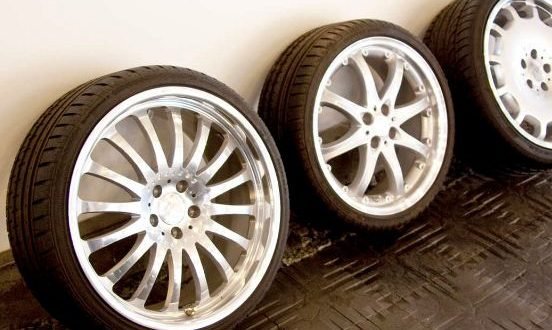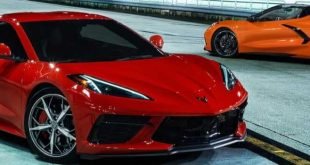After 8 years of research and development, the British company Protean Electric is ready to launch an electrification system that could revolutionize the hybrid and electric car industry.
The reason is simple: with this technology, any car can be transformed into a hybrid thanks to the presence of four electric motors, one for each wheel.
On the market at the end of 2018, the Protean Drive technology guarantees the electrification of any type of vehicle: thanks to a system of compact electric motors (whose maximum dimensions are dictated by the diameter of the wheel, from 14 to 20 inches ), it is possible apply it to cars without engines to turn them into “pure” electric , to cars with an internal combustion engine to transform them into hybrids or simply to transform any car into an all-wheel-drive vehicle .
How is this electric motor made? Protean Electric illustrates this with an infographic: the unit, called “smart actuator”, includes a permanent magnet and a synchronous electric motor, as well as the necessary electronics to make it work. The motor is powered by direct current, with an inverter that converts the direct current of the battery into alternating current. Compared to traditional powertrains, the inverter is integrated into the engine, a “ready to use” solution that requires very little labor for installation.
Each unit is able to produce a power of 81 kW (equal to about 110 hp) and a torque of 1,250 Nm (yes, you read correctly): in this way, already a car equipped with two electric motors (the minimum possible) is able to develop a combined power of 160 kW (about 215 hp) and a torque of 2,500 Nm.
The presence of the motors in the wheels makes the transmission superfluous (and this saves a 6/8% of friction compared to an electric car with two-wheel drive with a separate engine), while the electrical system that connects the motors to the batteries is constituted by just three cables (two for the power supply and one connected to the vehicle’s onboard computer). All this at a low weight compared to a traditional electric powertrain: only 30 kg for a pair of engines, against for example the 102 kg of the system present under a BMW i3 (excluding batteries).
According to the technicians of Protean Electric, the displacement of electric motors in the so-called “non-suspended mass” of the car ensures better driveability of the vehicle, with a distribution of weights only changed by the presence of the battery pack in the luggage compartment. Moreover, the presence of an additional mass of 15 kg per wheel does not affect too much the relationship between suspended and unsupported mass.
A further advantage of this technology is the absence of a “plug-in” charging system: the batteries are recharged with the kinetic energy received during braking, a bit like the traditional hybrids.
 MobiTechInfo
MobiTechInfo








